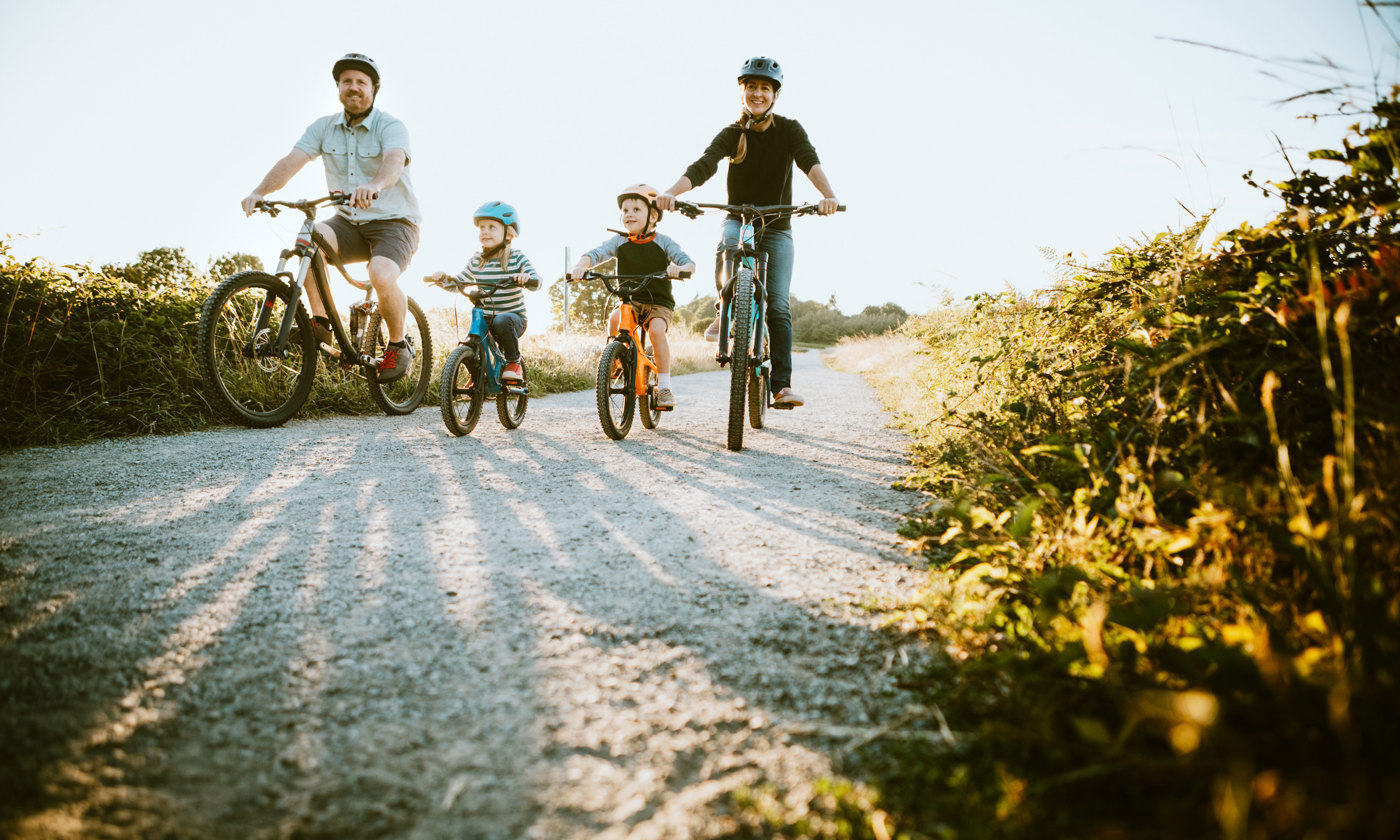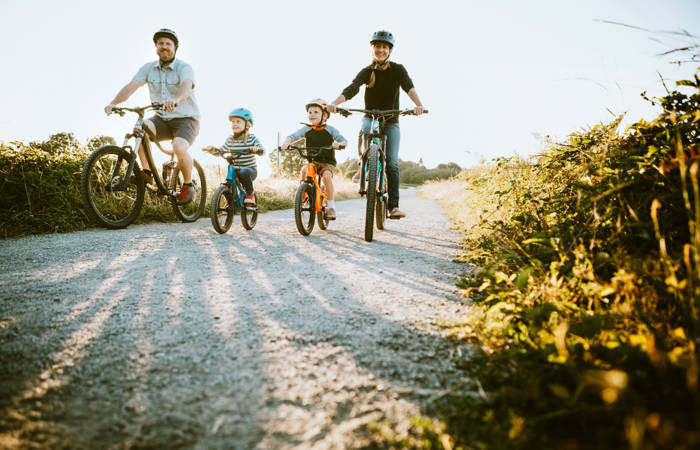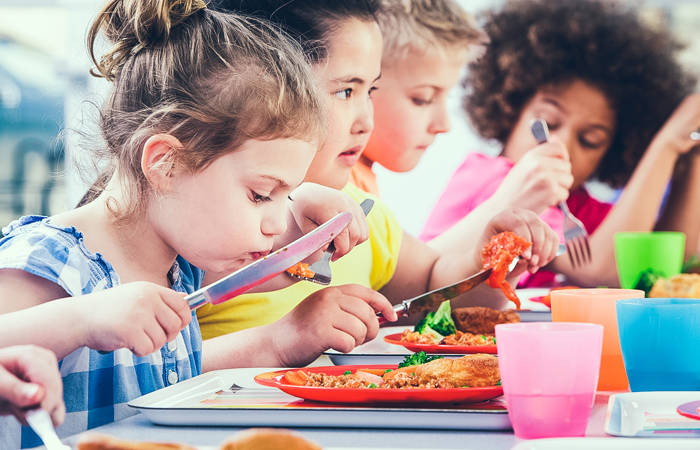Like what you see?
Sign up to receive more free parenting advice.
Thank you for subscribing to our newsletter!
Child Development

iStock.com/RyanJLane
Like your children to do more exercise? Joining in may be the prompt they need to get active.
A Deakin University study has revealed that one of the best ways to encourage children to exercise is to join in with them.
Childhood obesity in Australia continues to be a widespread health concern. Statistics show 25 percent of children (aged 2-17) were overweight or obese in 2017-2018, according to the Australian Institute of Health and Welfare. Excess weight means people are at a higher risk of developing cardiovascular disease, type 2 diabetes, some musculoskeletal conditions and some cancers.
The Deakin University study shows parents participating in exercise with children has greater benefits (for both child and parent) and that children are more likely to want to exercise when their parent is exercising with them.
What the research and evidence says
Dr Jill Hnatiuk, lecturer in Physical Activity and Health says the qualitative study in Health Promotion International involved interviews with Western Sydney parents. It focused on the barriers to this ‘co-participation’, and what aids and prevents parents participating in physical activity with their children.
“We particularly looked at kids aged two to four because they tend to spend the most time with their parents. It’s a period of rapid development and early childhood is a critical time for establishing physical activity habits,” Dr Hnatiuk says.
“While we tend to think of young children as being very active, evidence shows only one in three kids are meeting the Australian Department of Health’s physical activity recommendations by the start of primary school.”
“Evidence shows parents of children under six are 69 per cent less likely to meet the health department’s physical activity targets compared to their peers without children.”
According to Dr Hnatiuk, physical inactivity often co-exists within families, with children of inactive parents six times less likely to engage in an optimal amount of physical activity.
“These similarities are present even at a young age, as two to three-year-old children’s physical activity patterns have been found to mirror that of their parents. One of the key benefits that parents spoke about in the study was that it was through active play that they got to spend quality, uninterrupted, focused time together with their children,” Dr Hnatiuk says.
“They felt this was highly rewarding personally, and improved their family relationships. They also highlighted the positive impact physical activity together had on both their physical and mental health, and for some families, an opportunity for the development of physical skills in their child, such as throwing and catching.
“I think it’s important to also recognise that this is typically a time where parents and children spend a greater amount of time together, compared to older ages, and offers regular opportunities to engage in physical activity together.”
While we tend to think of young children as being very active, evidence shows only one in three kids are meeting the Australian Department of Health’s physical activity recommendations by the start of primary school.Dr Jill Hnatiuk
Stay up to date with the latest news and articles from First Five Years
Thank you for subscribing to our newsletter!
The barriers to exercise
According to Dr Hnatiuk, regular physical activity for parents and children is important for many aspects of their health, including improved cardiometabolic health, bone and muscle health, and aspects of cognition and mental health.
But the study identified a range of barriers experienced by families that stop parents from getting involved in physical activity with their young children.
“Some examples of key barriers included having small spaces both indoors and outdoors in their home, a lack of community facilities, such as parks with suitable equipment and shaded areas, or shops they could walk or cycle to in their local area,” Dr Hnatiuk says.
“There is also the issue of poor neighbourhood designs, such as poor quality or no footpaths, busy roads not safe to walk or cycle on, or large distances between destinations and social networks.
“Others cited friends, family or neighbours who were also interested in physical activity.
“These barriers are likely to be experienced in addition to more general time pressures experienced by parents with young children, such as competing priorities and demanding work schedules.”
This study sheds light on what families see as the key benefits to engaging in physical activity together, and also what helps and hinders participation in physical activity with their young children.
Dr Hnatiuk hopes the insights gained from the study can inform public health policy, community programming, and neighbourhood and housing design.
“By identifying key barriers, we can also better support parents to incorporate physical activity with their children into everyday life. We found that a lot of these barriers are quite complex and really dependent on a number of contextual factors. For example, small yards on a quiet street did not appear to be a barrier but small yards on a busy road did.”
According to Dr Hnatiuk, parents should be aware that parks can be excellent community resources for engagement in physical activity for people of all ages, so ensuring that families are aware of the parks and facilities in their local area is important.
“However, what can also be useful is to support parents to identify ways that they and their children can incorporate physical activity at home - even in small indoor spaces, on balconies, with limited equipment.”
Dr Hnatiuk’s tips to get active with your children:
Book it in – Schedule time to be active together as a family, just as you would any other appointment. Although this might seem a bit prescriptive, we know that advanced planning helps people to stick with their family’s physical activity goals.
Step outside – Research shows that people, in particular children, tend to be more active when outdoors compared to indoors. So apply your sun lotion and grab a hat and venture to your closest park or beach.
Allow the children to choose – It’s important for all members of the family to have input into the physical activities that the family does. If children are too young to decide independently, you can always give them a choice of two options to pick from.







